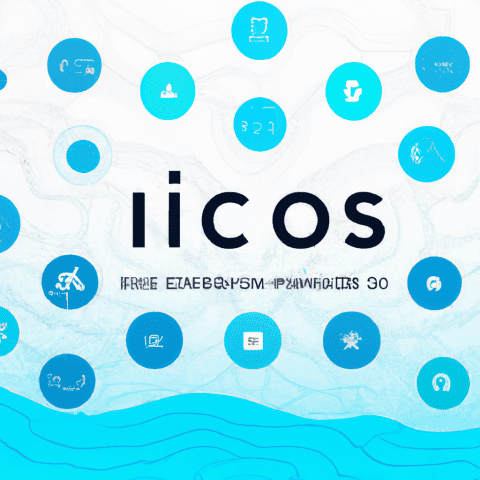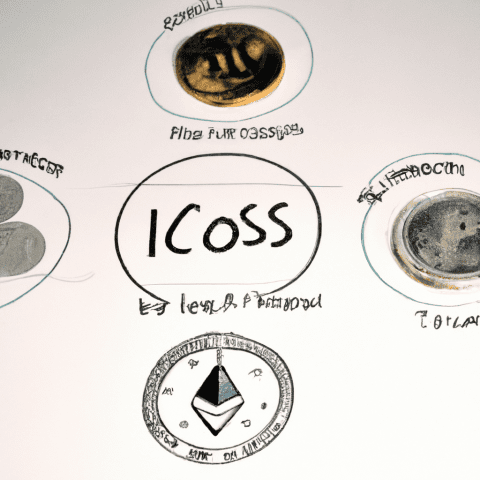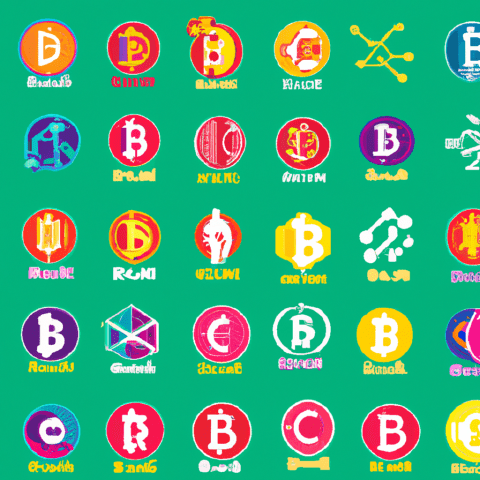In the ever-evolving world of cryptocurrency, Initial Coin Offerings (ICOs) and Initial Exchange Offerings (IEOs) have become popular methods for blockchain projects to raise funds. Both ICOs and IEOs offer investors the opportunity to purchase tokens before they are listed on exchanges, but there are key differences between the two. In this article, we will explore the distinctions between ICOs and IEOs, showcase the top ICOs and IEOs to watch in 2021, provide the latest updates and trends in the ICO and IEO space, offer a beginner's guide to navigating these offerings, and highlight upcoming ICOs and IEOs to keep an eye on. Stay informed on the latest ICO and IEO news and discover the top opportunities in the world of cryptocurrency fundraising.
1. "Exploring the Differences Between ICOs and IEOs"
When it comes to raising funds through token sales, Initial Coin Offerings (ICOs) and Initial Exchange Offerings (IEOs) are two popular methods in the cryptocurrency space. Both ICOs and IEOs involve the sale of digital tokens to investors in exchange for funding a project or venture. However, there are key differences between the two that potential investors and projects should be aware of.
One of the main differences between ICOs and IEOs is the platform on which they are conducted. ICOs are typically conducted by the project team themselves, who create and market their own tokens and sell them directly to investors. On the other hand, IEOs are conducted on cryptocurrency exchanges, where the exchange acts as a middleman between the project team and investors. This provides a level of trust and security for investors, as exchanges typically conduct due diligence on projects before allowing them to launch an IEO on their platform.
Another difference between ICOs and IEOs is the level of regulatory compliance. ICOs have faced scrutiny from regulators around the world due to concerns about fraud and investor protection. In contrast, IEOs are seen as a more regulated and transparent fundraising method, as exchanges often require projects to meet certain criteria before conducting an IEO on their platform.
In terms of liquidity and trading opportunities, IEOs may offer investors a more immediate chance to trade their tokens on the exchange where the IEO took place. This can potentially lead to quicker returns for investors compared to ICOs, where tokens may not immediately be listed on exchanges for trading.
Overall, both ICOs and IEOs have their own advantages and disadvantages, and it is important for investors to carefully research and evaluate projects before participating in either. As the cryptocurrency space continues to evolve, keeping up with the latest ICO and IEO news, as well as upcoming ICOs and IEOs, can help investors make informed decisions about where to allocate their funds.















